When it comes to sticker residue, different surfaces require different approaches. Here's how to remove sticker residue from various materials:
How to Get Sticker Residue Off Clothes
The first thing to remember when removing sticker residue from clothes: act quickly. Try rubbing the spot with acetone (also known as nail polish remover) for natural fabrics. For synthetic fabrics, put your garment in the freezer to harden the residue, and then use a mild dish soap and microfiber cloth to gently remove it.
Do not run your garment through the dryer.
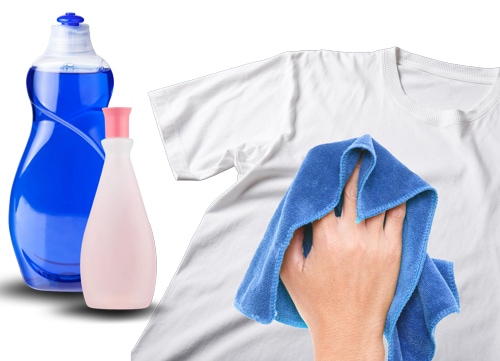
How to Get Sticker Residue Off Glass
To remove sticker residue from glass, use a plastic scraper – like an old gift card, credit card, or plastic knife – to gently scrape off the residue without leaving imperfections on the surface of the glass. If there’s still some sticker residue left over, soak the glass object in hot, soapy water to soothe and soften the residue, and then coat the spot in peanut butter or olive oil and let it rest for a minute. From here, rinse and repeat the scraping process.
Solvents like rubbing alcohol and vodka can also be effective for removing sticker residue from glass.
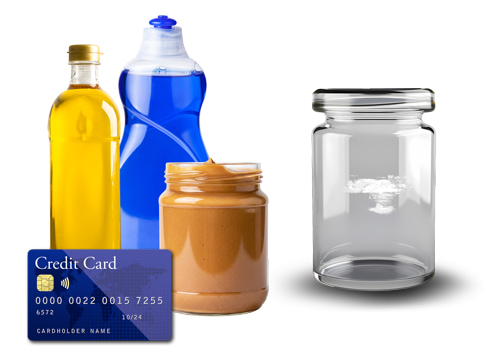
How to Get Sticker Residue Off Plastic
Begin by moving as much sticker residue as possible with just your fingers. From there, use a plastic knife or other plastic scraper to scrape off any remaining adhesive.
If removal still proves difficult, you can apply heat from a hairdryer to loosen the adhesive and make it even easier to remove. Rubbing alcohol, peanut butter, WD-40, or cooking oils like canola or olive oil can be used to dissolve and lift off the residue.
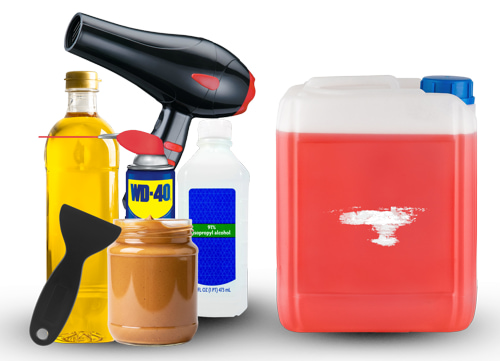
Additional Surfaces
While clothing, glass, and plastic are more common surfaces, sticker residue can cling to pretty much anything. Let’s also go through some other materials you may want to rid yourself of residue.
Carpet
To remove residue from carpet, gently scrape off any excess sticker residue with your fingers or a plastic scraper that you can remove without harming the material. Then, apply a cloth soaked in either rubbing alcohol or a mixture of gentle dish soap and warm water. Blot the area carefully until the substance has lifted.
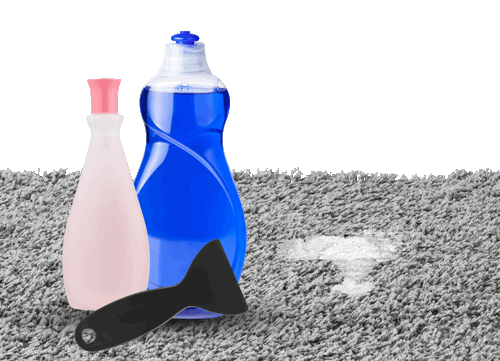
Leather
When removing residue from leather, it’s important to be careful so as not to damage the material. Use a cloth soaked in rubbing alcohol or leather cleaner to remove sticker residue from leather surfaces gently. Due to leather’s easy staining, make sure to test out your solvent on an inconspicuous area first.
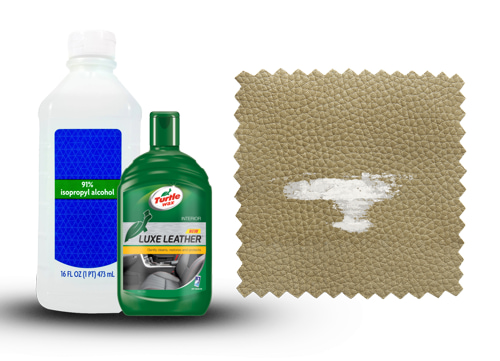
Wood
To remove sticker residue from wooden surfaces, begin by gently heating the area with a hair dryer, which helps soften the adhesive. Carefully scrape off the loosened residue with a plastic scraper like a credit card, taking care not to scratch the wood.
If some residue remains, apply a small amount of vegetable oil or olive oil to a clean cloth and rub it over the area. After letting it sit for a few minutes, wipe the area clean with a dry cloth. For any persistent residue, a solution of warm soapy water applied with a soft cloth can also be effective. Remember to always treat the wood gently to avoid any damage.
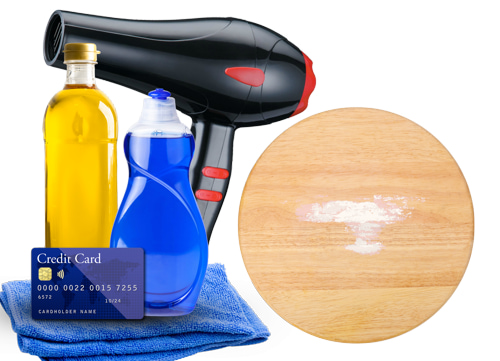
Walls
For sticker residue on your walls, you can start by carefully scraping off the top layer of the sticker with a plastic edge. Then use a rubbing alcohol or vinegar-soaked cloth to remove the remaining residue. Be sure to test in an inconspicuous spot.
If you have painted walls, a softer solution may be better to preserve the paint's integrity. A longer but gentler way to remove residue is to use steam. If you have access to an iron or clothes steamer, connect it to the nearest power source to the residue stain and heat it until it begins to steam. Position the anvil or spout near the wall, ensuring enough distance to avoid direct contact, and hold it in place for two to five minutes. This will loosen the adhesive. Once this step is finished, take a cloth dampened with baby oil and gently rub it on the residue. After about twenty minutes, wipe any remaining residue away with a dry paper towel.
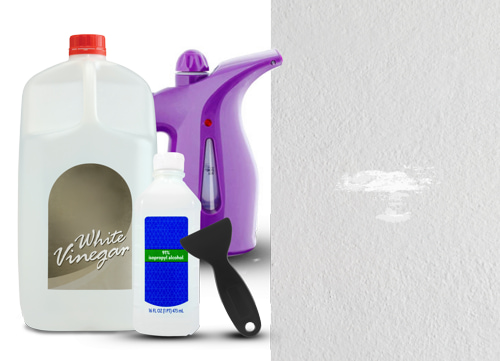
Metal
To remove sticker residue from metal surfaces, start by using a hair dryer to soften the residue. From there, you should be able to gently scrape the additional residue off with a plastic scraper. For any stubborn residue that just refuses to let go, rubbing alcohol or WD-40 can also be used in a pinch.
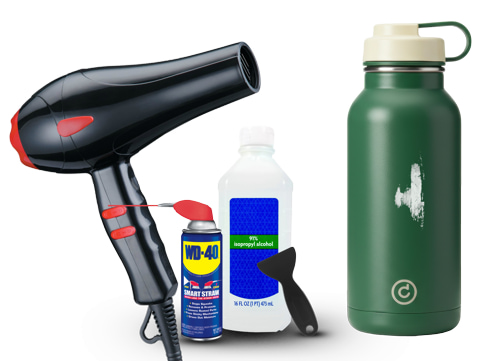
The Big Don’ts
There are a few things you shouldn’t do when removing residue from surfaces. To save you the trouble of making these mistakes, we’ve included some of the most common ones below.
- Do not use metal knives or edges to remove sticker residue. This will leave lasting marks on surfaces, and covering those is an entirely new hassle.
- Do not use cold water. When rinsing your surface for residue removal, don’t use cold water. Cold water will only harden your sticker residue and make it more difficult to remove.
- Do not use just any cleaning products. While it may be tempting to turn immediately to the kitchen pantry for anything that might prove useful, many products can do more harm than good. Rubbing alcohol, vodka, peanut butter, canola oil, or olive oil can be effective solvents for dissolving and lifting off sticker residue. Commercial products like Goo Gone can also provide great solutions to get rid of sticker residue, following the manufacturer’s instructions.
- Do not go in blind. Different surfaces require different processes. No matter how much of a MacGuyver you are, it’s always important to have some direction when removing residue.
Seamless Residue Removal
Don't let stubborn sticker residue ruin your day! With the right techniques, tools, and a little patience, you can easily remove sticker residue from clothes, glass, plastic, and various other surfaces. Remember to choose the appropriate method for each surface, test in inconspicuous areas, and have confidence that you can conquer any sticky situation. Say goodbye to sticker residue and enjoy clean, goo-free surfaces once again!